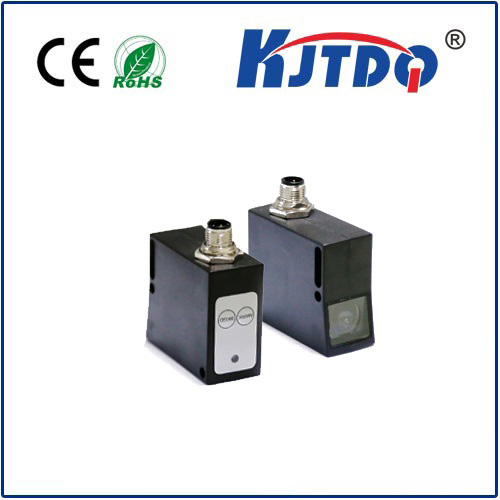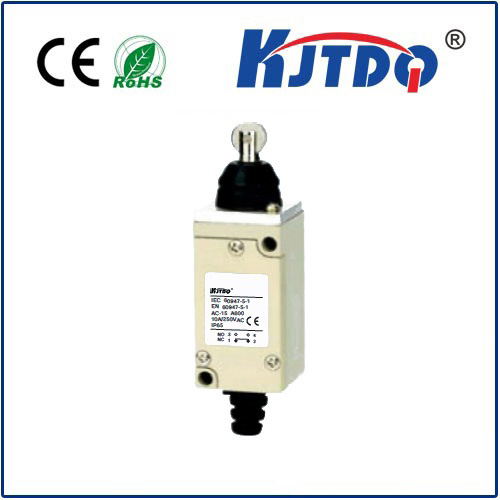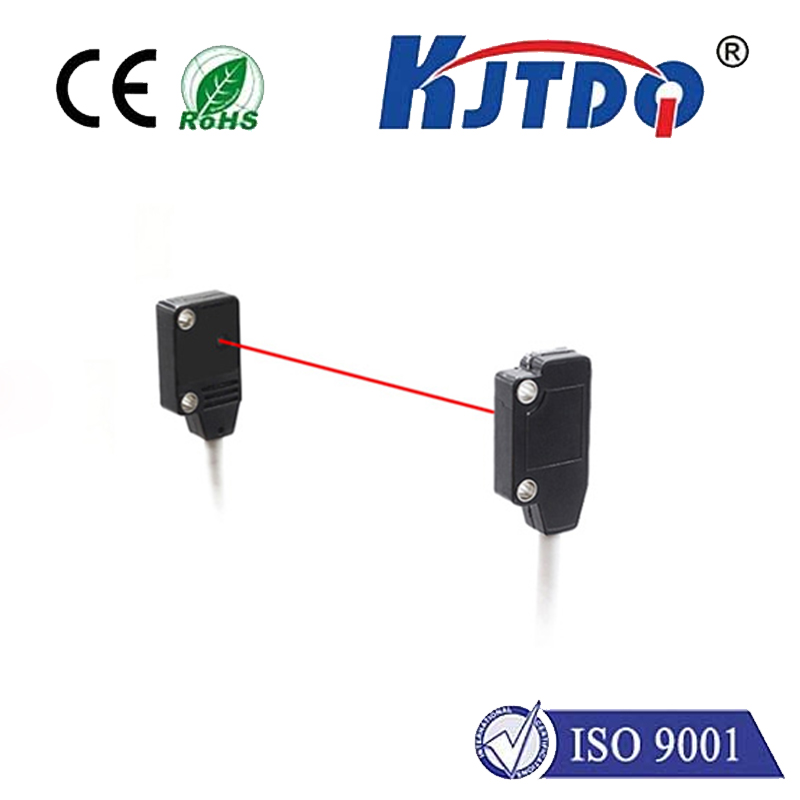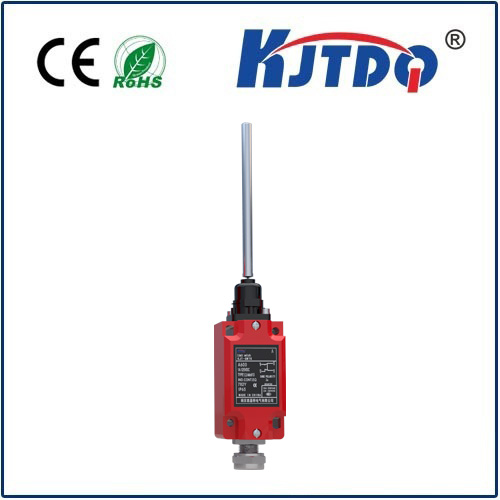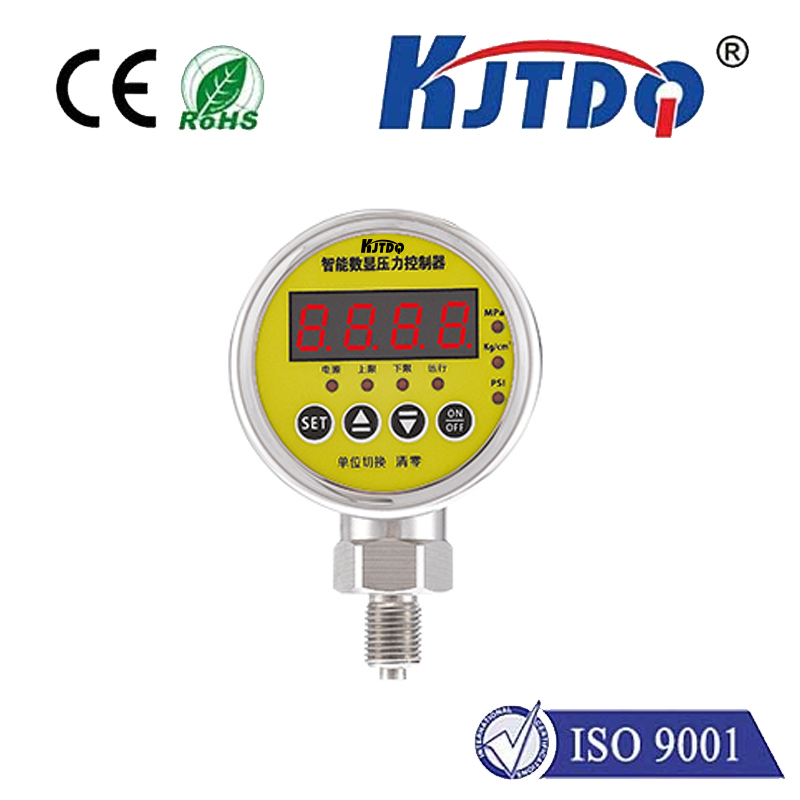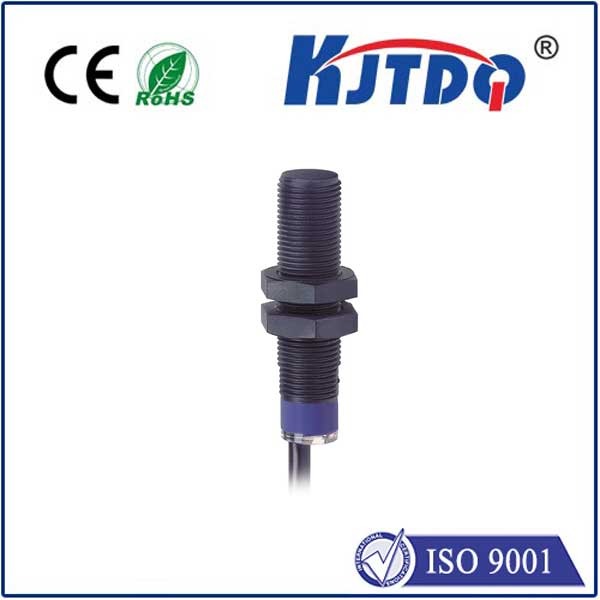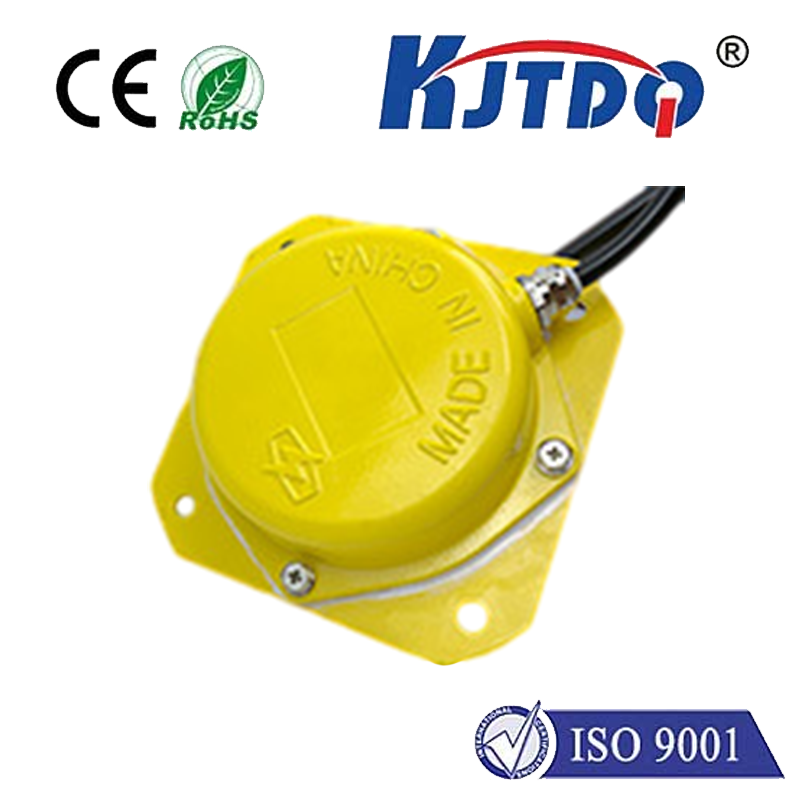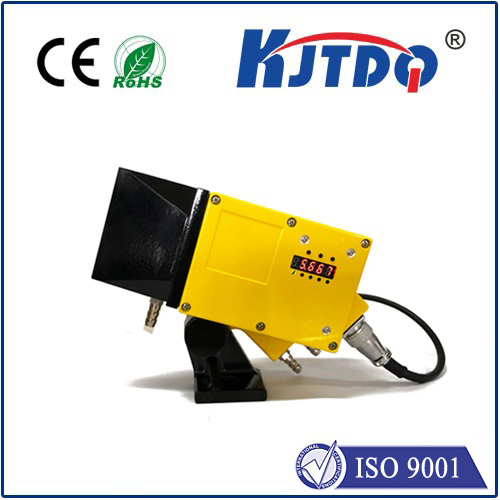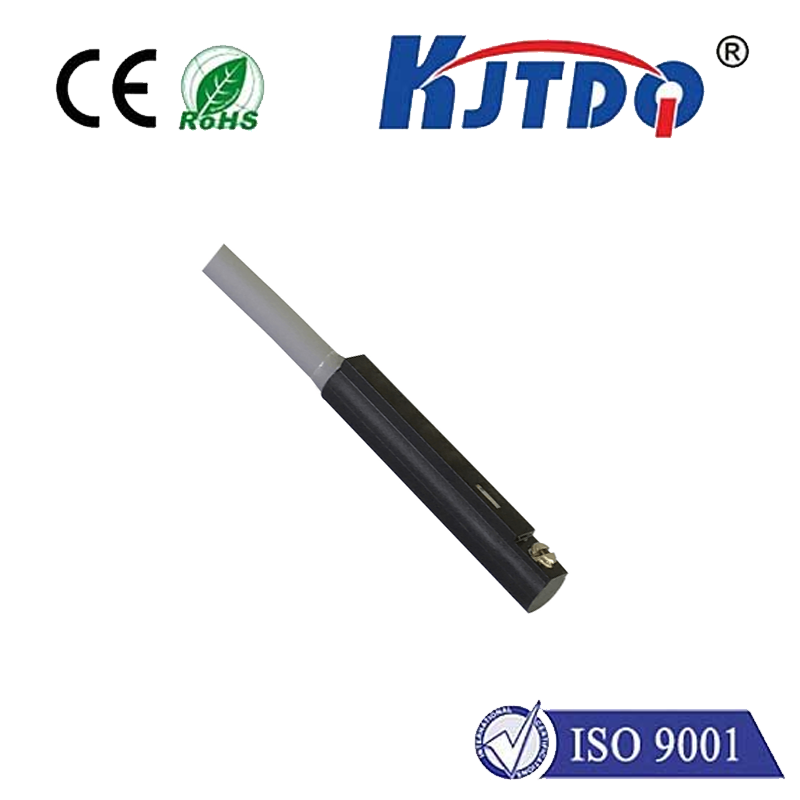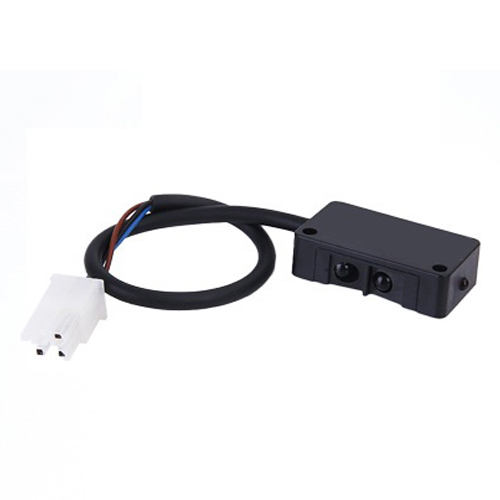

check

check

check

check

check

check

check

check

check

check
Title: Understanding and Using Foot Limit Switches in Industrial Applications
Foot limit switches are an essential component used in a variety of industrial applications. These switches are designed to detect the presence or absence of an object, providing critical information for automated systems to make decisions on how to proceed. In this article, we will explore what a foot limit switch is, its applications, and how it works.
Firstly, let's define what a foot limit switch is. A foot limit switch is a type of sensor that is mounted on the floor or other surface to monitor the position of machinery or equipment. It typically consists of a housing containing an actuator and a switch mechanism which activates when pressed by an object or machine part.

The primary function of a foot limit switch is to provide feedback on the location of machinery and equipment. They can detect when machinery reaches a predetermined point, ensuring that it stops or changes direction accordingly. This feature is particularly crucial in manufacturing environments where precision and accuracy are essential.
One common application of foot limit switches is in conveyor systems. Conveyors move products along a predetermined path, and foot limit switches are placed at specific points to signal when a product has reached the desired location. The switch sends a signal to the control system, allowing the conveyor to stop or change direction.
Another important use case for foot limit switches is in robotics applications. Robots require precise movements and positioning, and foot limit switches help ensure they do not exceed their programmed range or crash into surrounding objects. When a robot approaches a predefined boundary, the foot limit switch triggers a signal to halt movement or initiate a new action.
The working principle of a foot limit switch relies on its actuator being pressed down by an external force, such as a machine part or wheel. Once pressed, the switch mechanism inside the housing gets activated, completing an electrical circuit. This completes the circuit and allows current to flow, sending a signal to the control system about the machine's location or state.
In conclusion, foot limit switches play a fundamental role in monitoring machinery and equipment positions in industrial applications. From conveyor systems to robotics operations, these switches provide essential feedback to control systems, ensuring smooth and accurate operations. By understanding how they work and where they can be applied, engineers can design more effective automated systems that improve efficiency and productivity.
